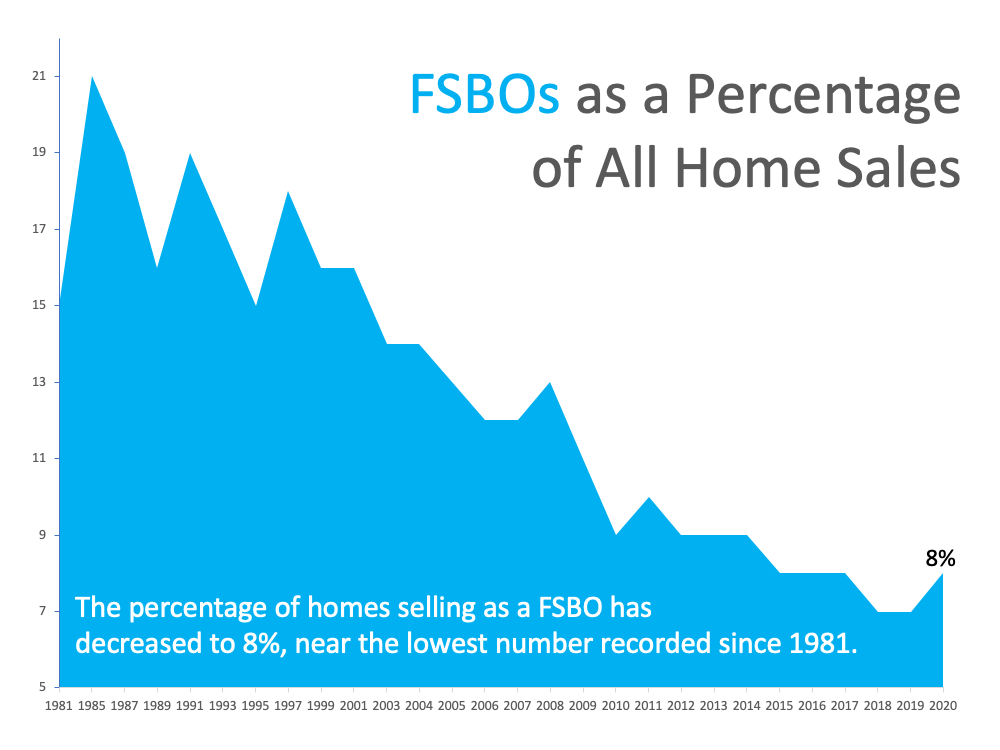Does Your Tree Need a Trimming?
Cosmetic Issues
When you’re trying to decide whether to trim your trees, the first thing that you should do is look at the general appearance of the tree. You can obviously trim off lone branches that stick out at odd angles, but there’s more to cosmetic considerations than just that. You should also look at whether there are many crisscrossing branches, greenery that is too dense and difficult to see through, or branches that are growing too far horizontally compared to the tree’s vertical growth.
Taking care of cosmetic issues like these are important for a number of reasons. They obviously make your trees look nice and improve the overall look of your landscaping, but these cosmetic trimmings serve other purposes as well. Periodic cosmetic trimming helps to prevent future damage to your trees, and also keep them from becoming so dense that other plants nearby have trouble getting enough light. Occasionally thinning out your tree’s branches can also make it easier to notice other problems with your trees as well.
Safety Issues
Beyond just making your trees look better, trimmings can also improve the health of the trees and an prevent potentially dangerous situations. Broken or dead branches can fall and potentially hit someone, so removing them before they have a chance to do so is very important. You should inspect your trees periodically to look for dead material, especially after large storms or heavy winter precipitation. Inspections are also important if you notice anything weird going on with the tree, such as leaves turning brown in certain portions of the greenery or sudden changes to the general shape of the tree.
There are other potential issues that can prompt a tree trimming as well. Missing bark or other signs of disease or insect infestation can be a big red flag, since this can lead to part of the tree dying and becoming a hazard. You should also keep an eye on any trees growing near electrical lines and trim them before they crowd the lines too much, since heavy winds or other severe weather could lead to the tree pulling down the line and creating a major safety hazard.
Trimming Your Trees
If you just have a few wayward branches to trim, you can usually trim your trees yourself with a few specialized cutters. Larger jobs may require bigger tools, and in some cases could even require a ladder or a crane to reach the areas that need to be trimmed. Be sure to wear a hard hat and other protective equipment even for small jobs, since the last thing you want is to end up hurting yourself while trying to make your trees safer!
If the trimming job is too big or you simply don’t have the equipment necessary to get it done, you can also hire professional tree trimmers to come in and do the job for you. These pros already have everything they need to do things right, and they may notice other issues with your tree that you missed during your inspection. If you aren’t sure where to start in finding professional trimmers, HomeKeepr can help. Sign up for a HomeKeepr account today and to find tree-trimming professionals in your area that can take care of your trees without issue. Best of all, your HomeKeepr account is free!









